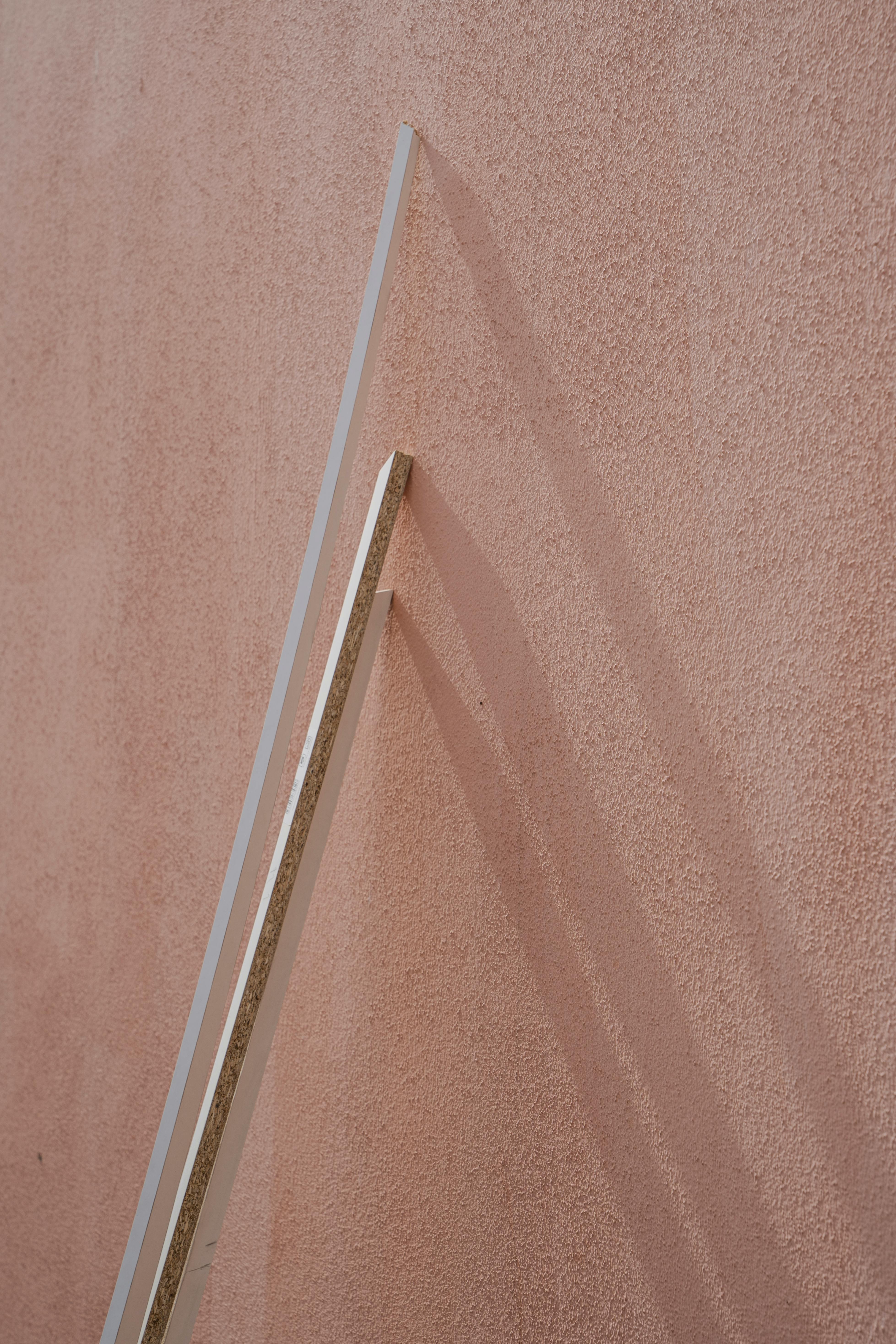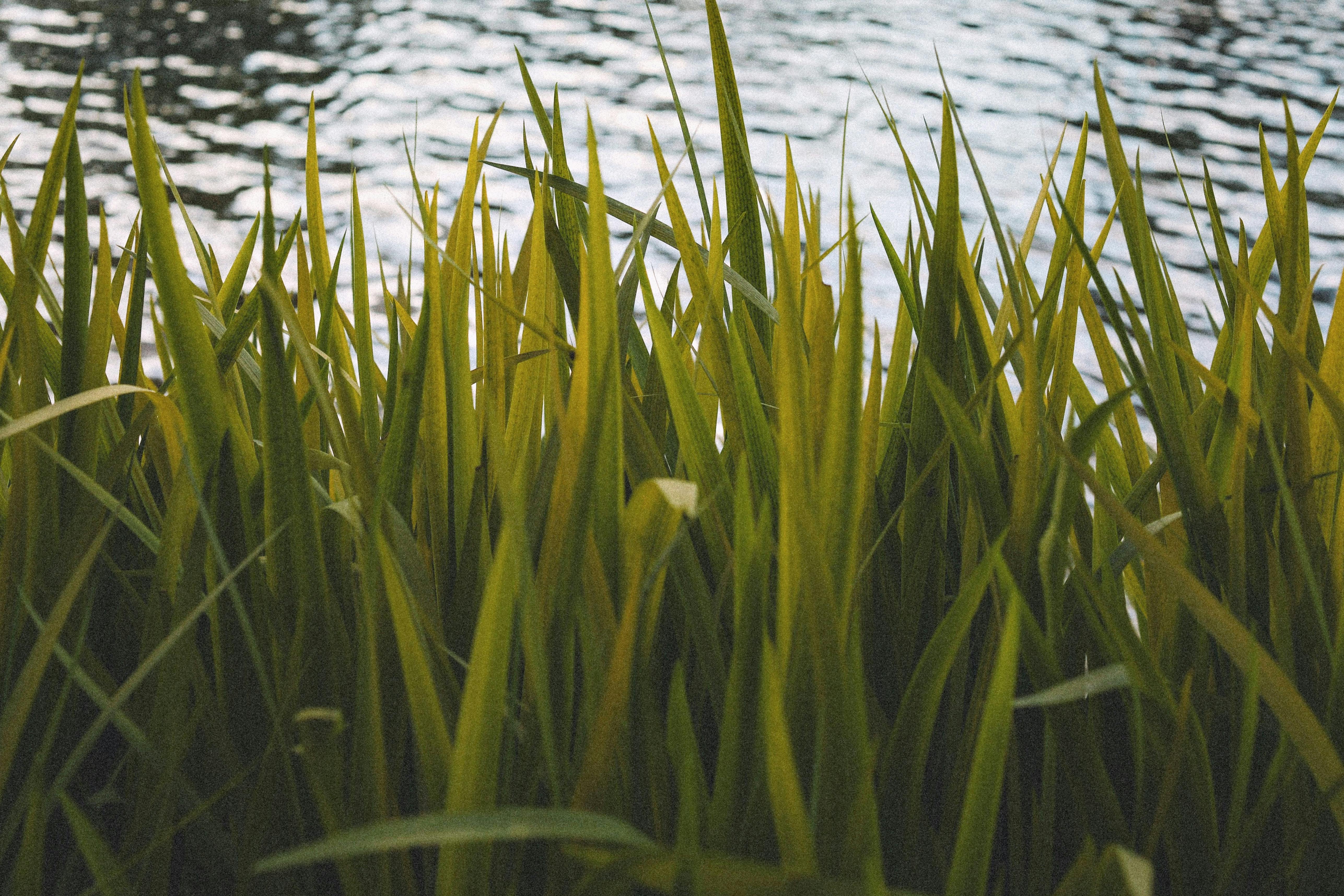👋 Click the mic button to talk to Alfred, the Todd's Seeds Gardening/Sprouting Expert – Feel free to ask him anything!
Ask Virtual Todd Anything - Click the Mic
Growing vegetables can be a rewarding and fulfilling experience, but what if you don’t have the luxury of a sunny garden? If you find yourself wondering whether it’s possible to grow vegetables in partial shade, you’re in the right place. In this article, we will explore the possibilities of growing vegetables in less optimal lighting conditions and provide you with some valuable tips and tricks to make the most out of your shady garden. So, let’s dig in and discover how you can still cultivate a bountiful harvest even with limited sunlight.
Factors to Consider
Amount of Shade
When considering growing vegetables in partial shade, it’s important to assess the amount of shade present in your garden. Partial shade typically refers to areas that receive 3 to 6 hours of sunlight per day. If your garden receives less than 3 hours of sunlight, it may be considered full shade, which requires different vegetable choices and techniques. Understanding the amount of shade in your garden will help you select the most suitable vegetables to grow.
Types of Vegetables
Not all vegetables thrive in partial shade, so it’s essential to choose the right ones for your garden. Some vegetables are more shade tolerant than others and can still produce a decent yield with limited sunlight. Leafy greens, root vegetables, certain herbs, peas, beans, broccoli, and cauliflower are examples of vegetables that can thrive in partial shade. By selecting shade-tolerant varieties, you can ensure a successful harvest, even with less sunlight.
Soil Moisture
The moisture levels in your garden soil play a crucial role in the success of growing vegetables in partial shade. Partial shade areas may not receive as much direct sunlight, which can affect the soil’s ability to dry out. It’s important to monitor the moisture levels regularly and adjust watering accordingly. Overwatering can lead to issues such as root rot, while underwatering can cause stunted growth. Maintaining a balanced moisture level is key to healthy and thriving vegetables.
Microclimates
Microclimates are small, localized areas in your garden that have slightly different growing conditions compared to the surrounding areas. It’s important to identify any microclimates present in your garden, as they can significantly impact the success of growing vegetables in partial shade. For example, a microclimate near a wall may receive more reflected light, providing additional sunlight to the plants. Understanding the microclimates in your garden can help you make informed decisions when selecting the location for your vegetable beds.

Vegetables That Thrive in Partial Shade
Leafy Greens
Leafy greens, such as lettuce, spinach, and kale, are excellent choices for growing in partial shade. These vegetables have adapted to growing in the forest understory, where they receive dappled sunlight. They can tolerate and thrive in lower light conditions. When selecting leafy greens for partial shade, opt for varieties that are specifically labeled as shade-tolerant.
Root Vegetables
Root vegetables like carrots, beets, and radishes can also be successfully grown in partial shade. While they may require more sunlight to develop large, storage-worthy roots, they can still produce tasty and tender greens in shady conditions. This way, you can enjoy the benefits of both the greens and the smaller-sized roots.
Herbs
Many culinary herbs can thrive in partial shade, making them an excellent addition to your shade tolerant vegetable garden. Herbs like mint, chives, parsley, and cilantro can tolerate lower light conditions and still provide you with fresh flavors for your delicious meals. They are particularly useful in shaded areas where other vegetables may struggle to grow.
Peas and Beans
Peas and beans are legumes that are well-suited for growing in areas with partial shade. While they do prefer full sun, they can tolerate lower light conditions and still produce a satisfactory harvest. Just make sure to select varieties that are known to perform well in partial shade. Additionally, providing support such as trellises or cages can help the plants reach for more sunlight.
Broccoli and Cauliflower
Broccoli and cauliflower are cruciferous vegetables that can adapt to partial shade conditions. While they may not form large heads in shadier areas, they can still produce smaller, yet delicious, florets. Opt for varieties that are specifically bred for growing in low-light environments, and you’ll be able to enjoy these nutritious vegetables even with limited sunlight.

Tips for Growing Vegetables in Partial Shade
Select the Right Location
When growing vegetables in partial shade, it’s crucial to select the right location in your garden. Choose an area that receives the most sunlight during the day, even if it’s only for a few hours. Avoid planting your vegetables directly under large trees or near tall structures that cast extensive shade. By selecting the right location, you can maximize the available sunlight and give your plants the best chance to thrive.
Prepare the Soil
Proper soil preparation is essential for successful vegetable gardening in partial shade. Amend your soil with organic matter, such as compost or well-rotted manure, to improve its fertility and drainage. This will help the plants absorb nutrients efficiently and prevent waterlogging. Additionally, adding a layer of mulch around the plants will help conserve moisture, suppress weeds, and moderate soil temperature.
Monitor Watering
In partial shade, the soil may not dry out as quickly as it would in full sun, so it’s important to monitor watering carefully. Check the moisture levels regularly by inserting your finger into the soil. If it feels dry up to your first knuckle, it’s time to water. Avoid overwatering, as it can lead to root diseases. Instead, aim for consistent and even moisture levels, ensuring that the soil is moist but not waterlogged.
Provide Additional Light
While partial shade can still support vegetable growth, providing additional light can greatly enhance their productivity. Consider using reflective materials such as aluminum foil or white plastic to bounce sunlight onto your plants. You can also use artificial lights, such as fluorescent or LED grow lights, to supplement the natural light they receive. This extra boost of light will promote healthier growth and potentially increase your harvest.
Protect from Pests
It’s important to protect your vegetable plants from pests, regardless of whether they are grown in full sun or partial shade. Regularly inspect your plants for any signs of pests or diseases and take appropriate measures, such as applying organic pest control methods or using protective netting. Additionally, ensuring proper air circulation and spacing between plants can help minimize the risk of fungal diseases, especially in shadier conditions.

Common Challenges and Solutions
Leggy Growth
One common challenge when growing vegetables in partial shade is leggy growth. Leggy plants have long, weak stems and sparse foliage due to stretching to reach for more sunlight. To overcome this issue, make sure to provide enough spacing between plants to allow for better air circulation and light penetration. Additionally, rotating your crops annually to different areas of your garden can help prevent leggy growth by providing more equal sunlight exposure.
Decreased Yield
In partial shade, the yield of some vegetables may be lower compared to those grown in full sun. While this is expected, there are steps you can take to increase the productivity of your shade tolerant vegetables. Providing additional lighting, as mentioned earlier, can help compensate for the lack of sunlight. Additionally, fertilizing regularly with balanced organic fertilizers can provide a boost of nutrients to support healthy growth and potentially increase the yield.
Pests and Diseases
Partial shade does not exempt your vegetable plants from pests and diseases. In fact, some pests, like slugs and snails, thrive in moist and shady conditions. Regularly inspect your plants for any signs of pests or diseases, and take appropriate actions to prevent or control them. Implementing organic pest control methods, keeping your garden clean, and practicing good plant hygiene will go a long way in preventing common pests and diseases.
With the right selection of vegetables, proper care, and a little creativity, growing vegetables in partial shade can be a rewarding experience. Don’t let limited sunlight deter you from enjoying the pleasures of a homegrown harvest. Embrace the shade and turn it into an opportunity to explore the unique world of shade tolerant vegetables. Happy gardening!


